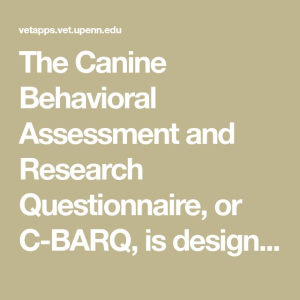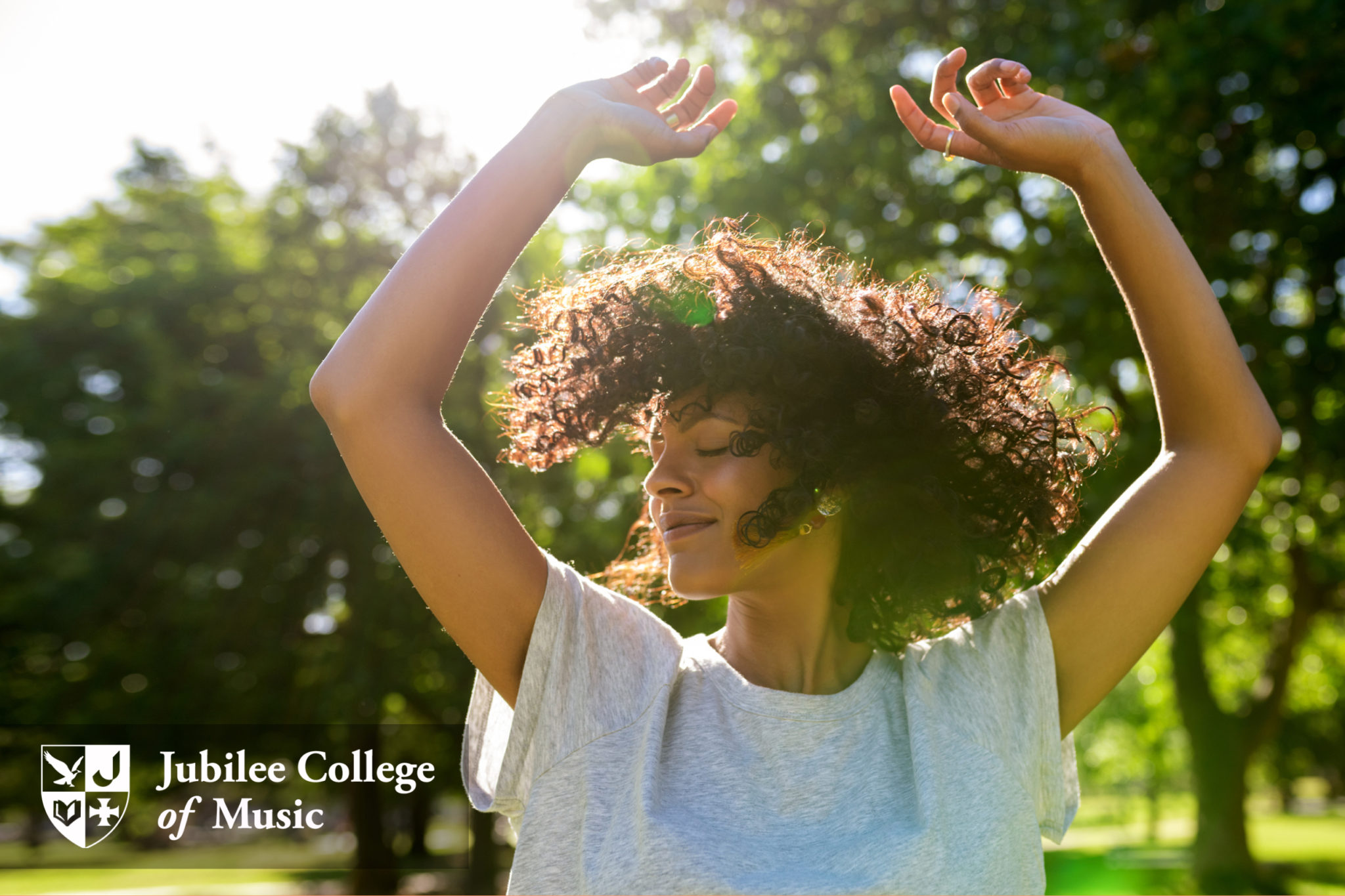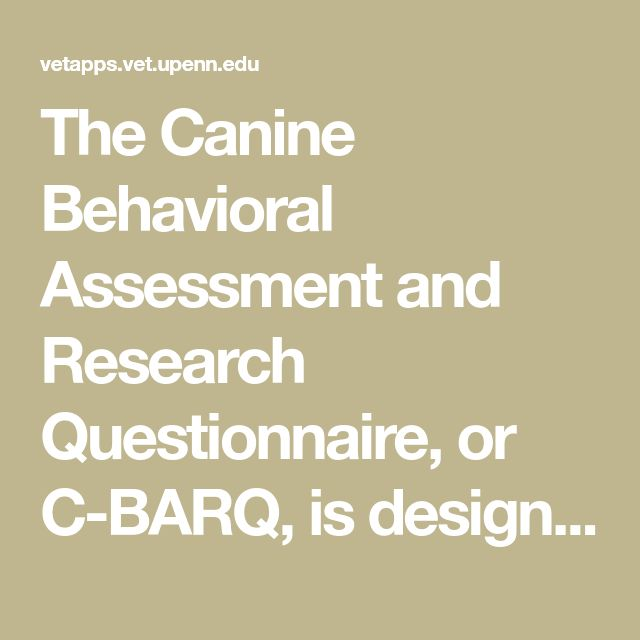Dance with abandonment encapsulates the essence of freedom and creative expression. Embracing this exhilarating form of movement allows individuals to shed societal constraints and embrace the joy of dancing without reservation. In a world where perfection often overshadows spontaneity, learning to dance with abandonment can serve as an empowering release, offering therapeutic benefits and enhancing personal well-being. Dance tips that emphasize finding joy in dancing can transform an ordinary experience into an extraordinary journey of self-discovery and connection. Whether through spiritual dance practices or simple moments of playful movement, losing oneself in the rhythm is a pathway to healing and emotional release.
Exploring the concept of dancing freely without restraint invites us to consider various expressions of movement that feed our souls. Engaging in uninhibited motion, often referred to as expressive dance or freeform dancing, serves as a liberation from the pressures and judgments of the outside world. This approach to dance not only nurtures creative expression but also functions as a form of dancing therapy that promotes emotional wellness. From spontaneous boogies in your living room to participating in structured forms of spiritual dance, the joy of movement becomes a safe space for individuals to connect with their inner selves. Ultimately, finding joy in dancing is about celebrating life through every step and sway.
Embrace Dance with Abandonment
Dance with abandonment is not just about letting loose; it’s a transformative experience that allows us to connect with our deepest selves. When we immerse ourselves in the experience of dance, we step away from the constraints of everyday life and societal expectations. This freedom to express ourselves fully can lead to a profound sense of joy and liberation, a sentiment that is echoed in various dance practices around the world. Whether through contemporary freestyle or traditional spiritual dance, the act of moving uninhibited opens up avenues for creative expression that might otherwise remain hidden.
In many cultures, dancing without restraint is seen as a form of spiritual expression—a way to tap into the divine, the djinn, or the energy that surrounds us. This spiritual dimension of dance transforms it from mere physical activity to a potent tool for healing and self-discovery. Techniques such as dancing therapy encourage individuals to engage with their emotions through movement, effectively allowing them to release pent-up energy and stress. Just as Jeffrey L. Page instructs his students to ‘shout’ and liberate themselves from burdens, engaging deeply in dance enables us to confront and express our feelings, fostering a connection to our inner joy.
The Healing Power of Dancing Therapy
Dancing therapy has gained recognition for its profound therapeutic benefits, offering individuals a path toward mental and emotional wellness. This approach not only facilitates personal healing but also helps foster a sense of community. By sharing the dance floor, participants experience connection and empathy, key components in breaking down feelings of isolation and self-doubt. Dance becomes a communal act in which people support one another, allowing for collective healing through shared movements and rhythms that resonate with the heart.
Incorporating dance therapy into one’s routine can lead to significant improvements in mental health. For instance, individuals often report lower levels of anxiety and higher feelings of happiness and fulfillment after sessions. These benefits derive from the endorphins released during vigorous movement, along with the cathartic release of emotions through dance. Moreover, as one learns to ‘dance like nobody’s watching,’ they begin to redefine their relationship with their body, fostering self-acceptance and love—a powerful takeaway that extends far beyond the dance floor.
Finding Joy in Dancing: Tips for Everyone
Finding joy in dancing is accessible to everyone, regardless of skill level or experience. One of the first tips is to create a safe space for yourself where the only judgment comes from your own self-awareness. Select music that resonates with you personally, whether it’s upbeat pop, rhythmic world music, or sacred spiritual melodies. When you dance to music you love, you naturally feel more inclined to express yourself without hesitation. Focus on the feeling rather than the form; dance for the joy it brings you, not for any potential audience.
In your dancing practice, remember to incorporate elements of playfulness. Just like children naturally engage with the world through movement, adults can rediscover that innocent fun by exploring various dance styles. Mix up your routines: try contemporary, hip-hop, or even a little salsa to invigorate your body and spirit. Moreover, consider joining a dance class or group where the atmosphere encourages creativity and self-expression. This social interaction can enhance your experience, allowing you to find joy in a shared journey of discovery through dance.
Creative Expression Through Dance: Unlocking Your Inner Artist
Dance as a form of creative expression invites each individual to tell their unique story through movement. The beauty of dance lies in its versatility—it can transcend language and cultural barriers, making it a universal medium for expression. Through improvisation and exploration, dancers can unlock hidden emotions and stories, giving the audience (and themselves) a look into their internal worlds. This creative freedom can act as a form of therapy, allowing not only for catharsis but also for self-exploration and personal growth.
To enhance your creative expression in dance, try setting aside structured choreography at times and instead allow yourself to move intuitively. Focus on how your body feels as you dance, which can lead to spontaneous movements reflective of your inner emotions. Keeping a dance journal can also prove beneficial, where you write about your feelings before and after a dance session. Over time, these reflections can inform your movement styles and deepen your connection to the dance, leading you to new levels of expression and understanding.
Spiritual Dance Practices: Connecting with the Divine
Spiritual dance practices, such as those found in West African traditions, emphasize the profound connection between movement, spirituality, and community. These practices offer a pathway to connect with the divine, using dance as a medium to express one’s spirituality. When participants enter a trance-like state, they often experience a deep sense of connection not only with themselves but with the universe. This sacred form of dance encourages moving with intention, allowing individuals to explore their spirituality without restrictions, revealing layers of themselves they might not access otherwise.
Engaging with spiritual dance practices can also enhance one’s life outside of dance. By incorporating intention and mindfulness into our movements, we cultivate a deeper awareness of our bodies and the energy we carry. Participating in such practices can be incredibly grounding, providing clarity and calm amidst life’s chaos. Many find that the act of dancing spiritually can lead to moments of revelation, insight, or healing—transformations that echo in their everyday interactions and overall outlook on life.
Learn to Dance Freely: Breaking the Chains of Inhibition
In today’s society, many people feel inhibited when it comes to expressing themselves through dance. This often stems from self-consciousness or fear of judgment. To dance freely, one must first learn to confront and break these mental barriers. Engaging in activities that build confidence can create a solid foundation for releasing fear—be it performing for close friends, exploring dance games at parties, or just practicing in front of a mirror. Knowing that everyone has their ‘off’ days in dance is essential for progressing on your journey.
Creating spaces where individuals feel respected and accepted is crucial to encourage free movement. Dance workshops and community dance events provide a supportive platform to experiment without fear. Encourage each other to let go of the need to look ‘good’ while dancing, allowing the joy of movement to take precedence. As you become more comfortable with your dance style, you begin to discover your unique rhythm and presence—empowering you to express your individuality and shape your own narrative.
Dancing as a Form of Therapy: Transforming Your Mindset
Dancing can transcend mere recreation; it can serve as a powerful therapeutic tool for mental health transformation. By engaging in dance, individuals experience releases of pent-up emotions and access deeper aspects of themselves. As one allows the body to move freely, they often find catharsis and release, addressing feelings of anxiety, depression, or stress. This therapeutic approach reflects the adage that movement can often communicate what words fail to express, providing an outlet for feelings that might otherwise remain unaddressed.
Many dance therapists encourage participants to focus on the sensations of the body during movement. This attention helps individuals become more attuned to their emotions and developing the ability to respond to what they feel. Incorporating elements of improvisation and spontaneity, dance therapy can guide people through their emotional landscapes, fostering healing and growth. As participants learn to embrace their bodies and their movements, the journey often leads to valuable insights that help reshape their views on themselves and the world around them.
Finding the Rhythm of Life: Embracing Dance Daily
Integrating dance into daily routines can transform how we approach life’s challenges. Simple acts of moving to music while cooking, cleaning, or commuting can infuse joy into mundane tasks. Recognizing the rhythm of life can inspire us to dance amid difficulties, allowing moments of levity and mindfulness. This dance practice can shift our perspective, making us realize the beauty in the chaos, and help to ground us when faced with pressures.
Developing a daily dance practice doesn’t require choreographed routines; it’s about movement that feels good. Whether it’s a morning stretch dance to uplift your spirit or an evening flow to release the day’s stress, finding these moments can serve as a reminder to connect with our bodies, fostering a greater appreciation for the world around us. By embracing dance as a vital part of daily living, we cultivate an awareness to appreciate those little pockets of joy where movement becomes an essential tool for navigating through life’s rhythms.
Dance as a Universal Language: Understanding its Global Significance
Dance serves as a universal language, transcending cultural boundaries and connecting us through shared expressions of creativity. Across different cultures, dance can convey stories, celebrate life events, or express spiritual beliefs, revealing its significance in human connection. From the ballet to traditional folk dances, each style represents cultural identities while showcasing the emotional narratives every dancer brings to the floor. This global significance highlights how integral dance is as a form of communication.
In many societies, dance plays a vital role in rituals that foster community bonds. These practices can be seen in joyous celebrations or solemn ceremonies, emphasizing our shared humanity. Oftentimes, dance is a means to pass on cultural traditions; teaching the next generation the stories and values through movement. Understanding the importance of dance as a means of expression not only enriches our appreciation for various cultures but also encourages a sense of empathy and respect as we witness the diverse ways in which human beings interpret and embrace life through dance.
Frequently Asked Questions
What does it mean to dance with abandonment?
Dancing with abandonment means letting go of inhibitions and fully expressing yourself through movement. It’s about losing yourself in the music and feeling free, regardless of how you look. This concept is often integrated into creative expression through dance, allowing individuals to experience joy and emotional release.
How can I incorporate dance with abandonment into my dancing therapy sessions?
In dance therapy, incorporating dance with abandonment involves encouraging participants to express their emotions freely through movement. Focus on creating a safe space where participants can let go of their worries and express themselves without fear of judgment. This can enhance the therapeutic benefits of dancing therapy.
What are some dance tips for finding joy in dancing with abandonment?
To find joy in dancing with abandonment, start by choosing music that inspires you. Allow your body to move freely without thinking about technique. Dance in a comfortable setting where you feel safe to express yourself. Remember, it’s not about looking good; it’s about feeling good and enjoying the moment.
Can spiritual dance practices help me dance with abandonment?
Yes, spiritual dance practices can help you dance with abandonment by connecting your physical movements to your inner self. These practices often involve trance-like states where you can release emotions, similar to the djine foly practice mentioned in West African culture, which encourages ecstatic movement and spiritual expression.
How does dance with abandonment relate to creative expression through dance?
Dance with abandonment is a powerful form of creative expression, as it allows you to channel emotions and ideas into physical movement. This uninhibited style fosters creativity, enabling you to explore various movements and forms without holding back, thus enhancing your artistic expression.
| Key Aspect | Description |
|---|---|
| Dance with Abandonment | The practice of dancing freely without worrying about appearance or judgment. |
| Catharsis | Dancing is a way to release built-up emotions and stress, facilitating personal expression. |
| Spiritual Experience | Engaging in dance can connect individuals to cultural practices and spiritual feelings, such as those experienced in djine foly. |
| Community and Identity | Dance can be a means of being seen authentically, counteracting societal pressures to conform. |
| Presence and Performance | The act of dancing allows for personal storytelling and expression in a way that audiences can interpret. |
Summary
Dance with abandonment is not just about movement; it’s an invitation to express oneself freely and connect with deeper emotions and community experiences. Through this form of dance, individuals can find liberation from societal expectations and explore spiritual connections, reminiscent of practices like djine foly. The key message is that dancing should be about personal enjoyment and expression rather than perfection, allowing dancers to access their true selves and resonate with their audience. Embracing dance with such freedom encourages a powerful transformation in how we connect with ourselves and others.







